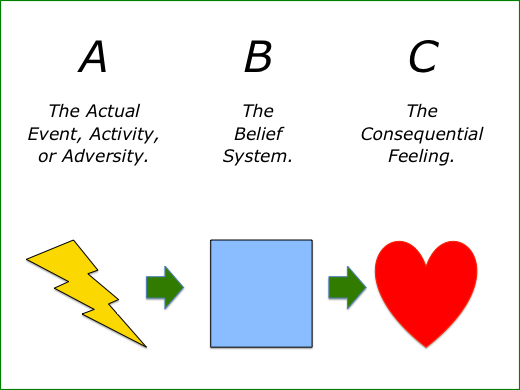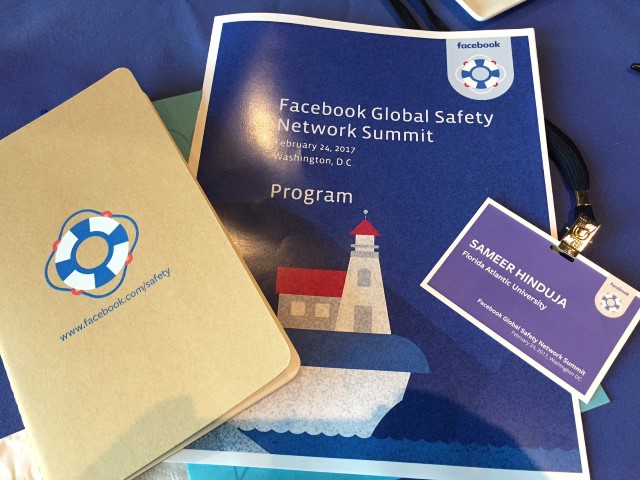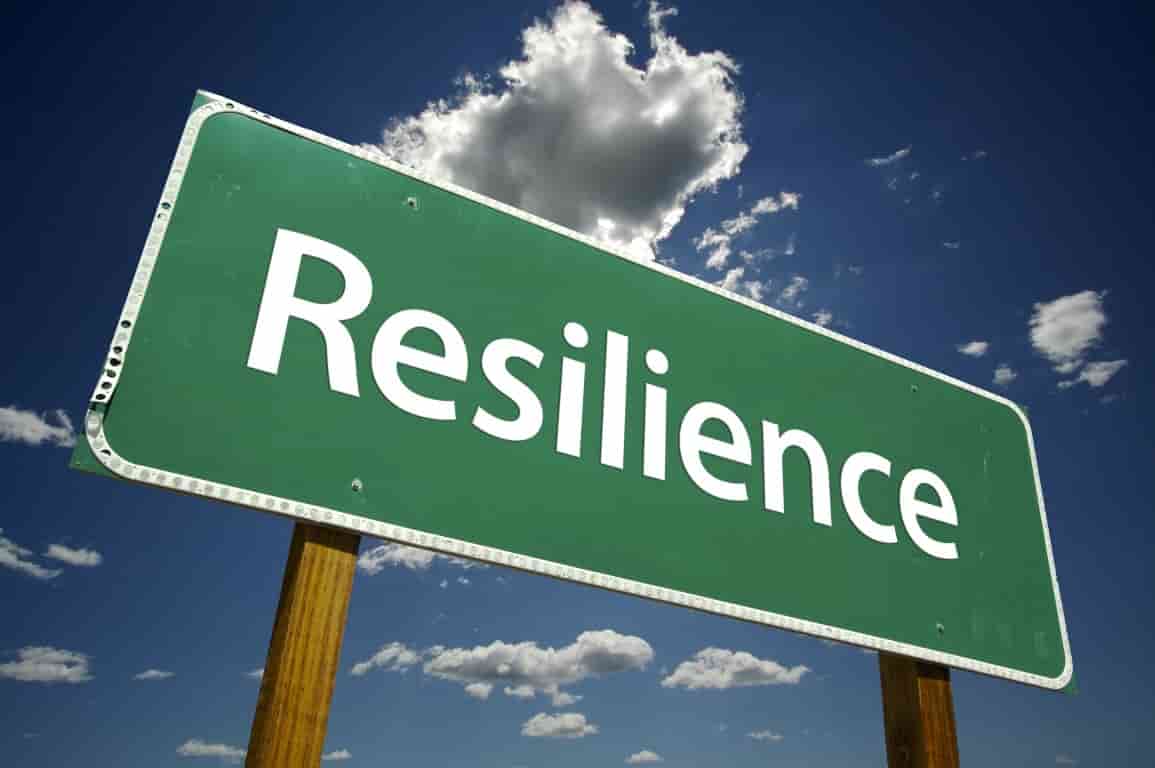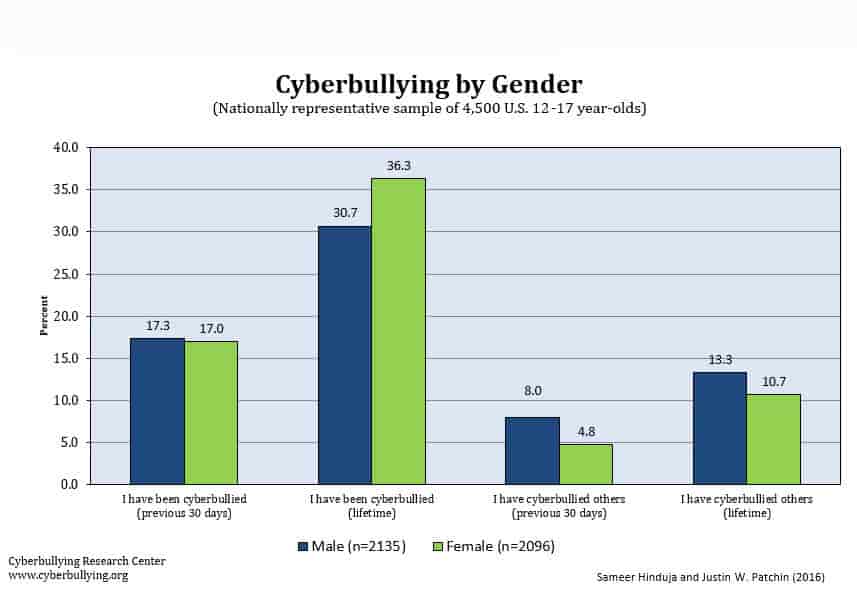Read the latest news and brand new pieces on youth, social media, and emerging technologies! We focus on preventing harm and promoting positive online behaviors.

The ABC Model to Build Resilience Against Cyberbullying
Resilience online is built in the same way as resilience offline. We must provide opportunities for youth to face social and relational problems head on, and to recognize their own strength, agency, and power to overcome them – do so within an environment of supportive resources (so they know you and I have their back!). […]

League of Legends and Cyberbullying
League of Legends (or League for short) is the most popular multiplayer online game in the world, and takes place in a 3-D battle arena setting involving role-playing and real-time strategy elements into its live environment. Players in League (also known as “summoners”) are matched up with others depending on their skill and game level […]

Facebook’s Global Safety Network Summit: Online Well-Being
A couple weeks ago, I attended Facebook’s annual Global Safety Network Summit in Washington, DC, to hang out with colleagues and long-time friends, and to make some new connections as well. Facebook first discussed the new safety initiatives they are implementing such as their outstanding new suicide prevention tools in Live and Messenger (check them […]

New Teen Sexting Data
As regular followers of this blog know, Sameer and I recently collected data from over 5,500 middle and high school students from across the United States. We asked 12 to 17 year-olds to tell us about their experiences with a variety of online problems, including sexting. I thought it would be useful to share some […]

New Bullying Data—and Definition—from the National Crime Victimization Survey
The National Crime Victimization Survey (NCVS) is a large-scale data collection effort led by the U.S. Census Bureau and the Bureau of Justice Statistics. A nationally-representative sample of approximately 90,000 households is selected, and a survey is administered face-to-face or via telephone twice a year for three years to 160,000 persons within those households who […]

Millions of Students Skip School Each Year Because of Bullying
Over five years ago I saw a statistic that jumped out at me: “160,000 students stay home from school every day because of bullying.” This is a compelling and frankly unacceptable number. I thought about including it in a book that Sameer and I were working on at the time. As I started to dig […]

Cultivating Resilience To Prevent Bullying and Cyberbullying
We’ve all heard the “sticks and stones” adage while growing up, and the reality is that words – whether expressed online or in person – can hurt. Sometimes very deeply. But do they always? And do they have to? That is, do I have any say in the matter or am I completely at the […]

New National Bullying and Cyberbullying Data
Here at the Cyberbullying Research Center, we use data to better understand what teens are thinking, doing, and experiencing at school and online. We promote evidence-based and research-inspired policies, procedures, and programming. And given the frequently-changing nature of technology use and misuse, we find it necessary to collect our own data on a regular basis […]

How Social Media Helps Teens Cope With Anxiety, Depression, and Self-Harm
It is easy for many adults – whether educators or parents – to focus on the negatives of social media in the lives of teens today. This is understandable, because they are the ones who have to deal with the fallout when adolescents make mistakes online (cyberbullying incidents, sexting cases, electronic dating violence, digital reputation […]

Helping Kids with Autism Spectrum Disorder when Bullied or Cyberbullied
Autism Spectrum Disorder (ASD) is a neurodevelopmental disorder that affects social communication and often is marked by restricted interests, repetitive behaviors, and focus and sensory issues. ASD is diagnosed along a continuum from Level 1 (which can be equated to traditional conceptions of Asperger’s Syndrome – a term largely outdated), to Level 2 (where the […]

